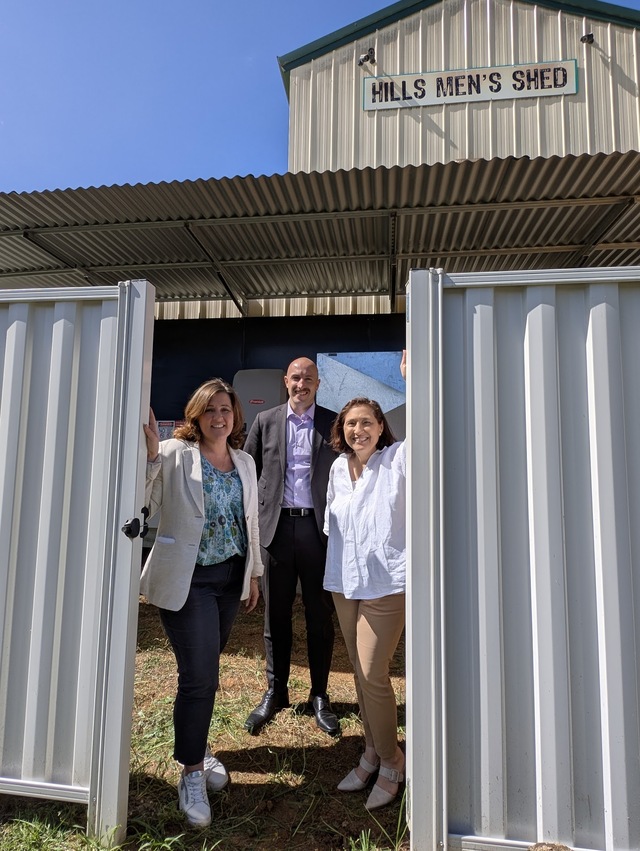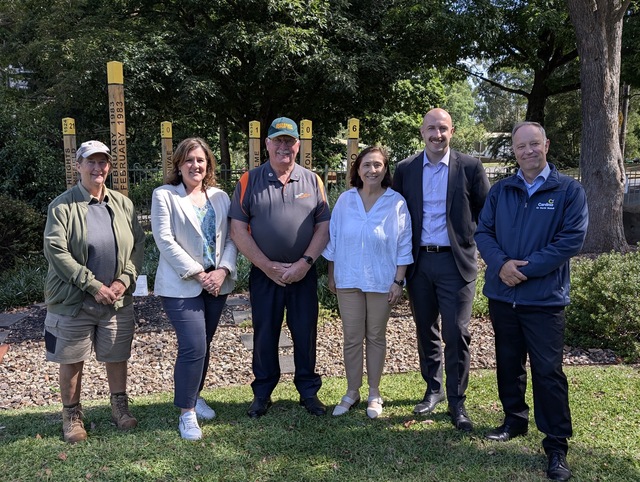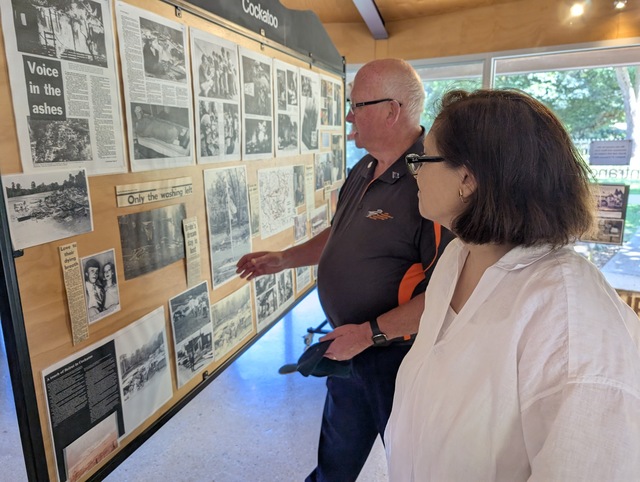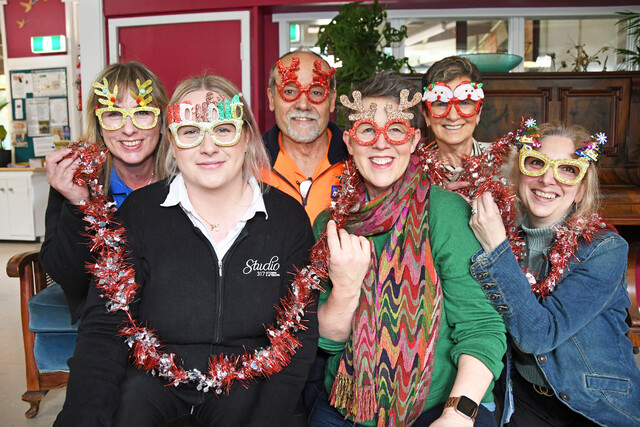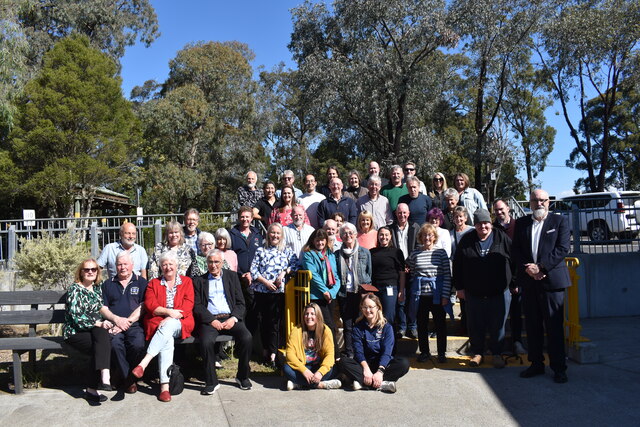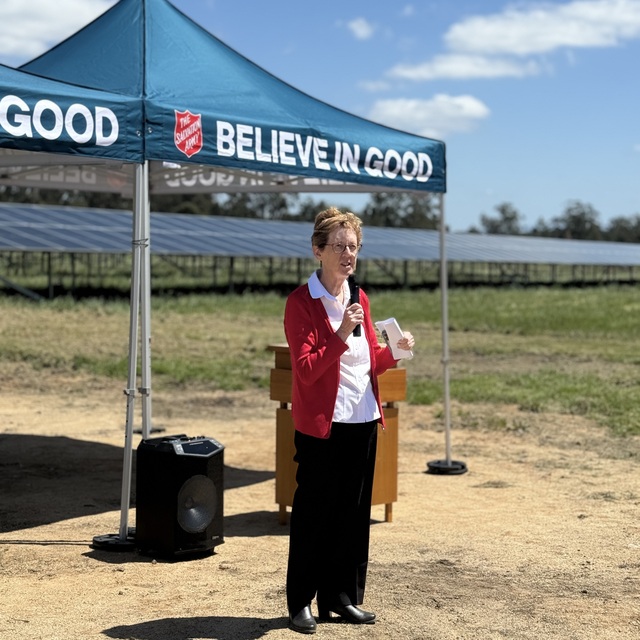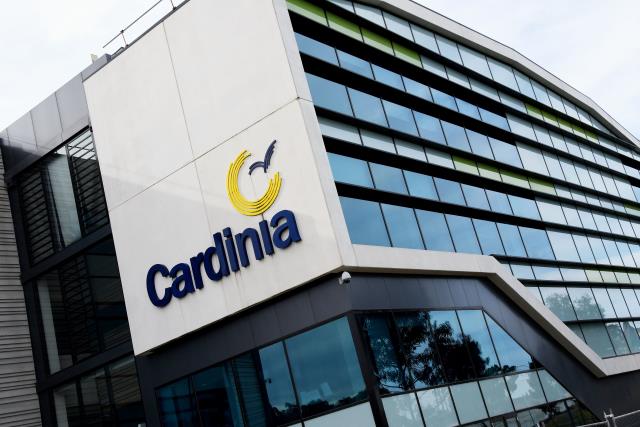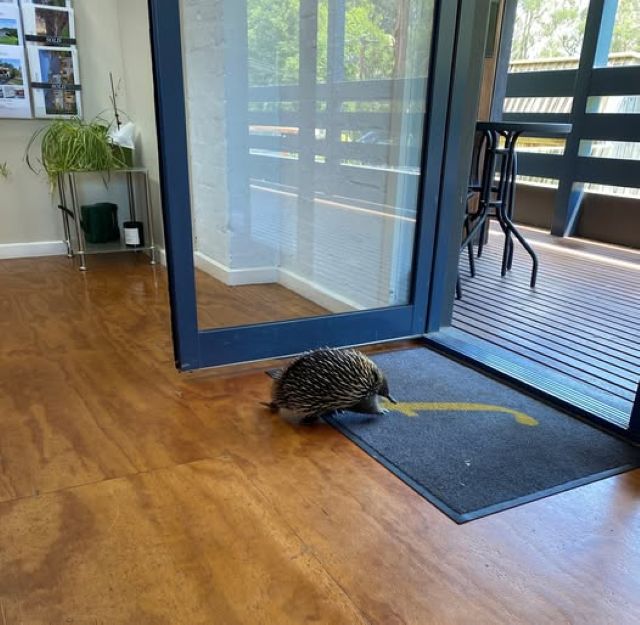A large community energy hub was paid a visit by the Minister for Energy and Resources on Wednesday 29 January.
Resilience in the face of a new normal was the theme at the energy resilience hub at Cockatoo when Minister for Energy and Resources Lily D’Ambrosio visited to announce the completion of the $7.5 million Energy Resilience Solutions (ERS) program.
Local resident and member of the Over 50s group in Cockatoo Dot Griffin said It was wonderful to be there on the day and to see the stakeholders that have made the project possible.
“This project will be appreciated by residents when a disaster strikes,” she said.
“We have become so reliant on electricity and our phones and this project will allow people who lose their power to be able to come here and be able to have showers, receive warm food, wash their clothes and charge their phones to be able to contact others.”
There are now 24 community energy hubs across Victoria that are equipped with solar panels, batteries and generators that provide power backup during a severe storm event and help to keep essential services running during prolonged power outages.
Minister for Energy and Resources Lily D’Ambrosio said that by investing in local energy solutions and acting on the lessons of past outages, we’re ensuring stronger protections for local communities that experience power outages.
“I don’t have to tell you good people, what extreme weather events can look like,” she said in her address.
“What we can do is work towards mitigating, adapting, giving ourselves the best chance of being resilient.”
The energy hubs are located in high-risk areas for severe weather impacts like the Yarra Ranges, Gippsland, Dandenong Ranges and along the Great Ocean Road.
The Minister was joined by local Member for Monbulk Daniela De Martin, representatives from Cardinia Shire Council and Yarra Ranges Council, DEECA, Selectronic Australia, the over 50’s Cockatoo Club and more were present to celebrate the completion of the project.
Member for Monbulk Daniela De Martino said the energy backup hubs are a lifeline during prolonged power outages, ensuring families have somewhere safe and secure to go to charge their devices and access hot water.
“I would like to acknowledge the amount of work done in developing resilience within our communities, with Yarra Ranges being the second hardest-hit council for declared disasters since 2006 in the nation.”
“It happens through design and through learning, through each event that we’ve been exposed to,” she said.
“It also gives local people a sense of security, knowing that there is resilient building to go to and when it all hits the fan and the power goes out.”
The hubs have already been helpful, with systems running in nearby towns like Emerald and Gembrook during the storms last February.
They give communities a safe place to gather, charge devices, heat food, get hot water, and stay connected in emergencies.
The hubs also reduce the need for diesel generators, helping local councils save on energy costs.
Cardinia Mayor Jack Kowarzik said in his address that February 13 last year didn’t feel like too long ago for him and called the backup hub a ‘game changer’.
“I’m sure it’s all fresh in your minds, and I came out to this centre so many times,” he said.
“Having access to buildings with unexpected power during network outages assists our community to stay safe and comfortable while a network is restored.”
Newly elected Cardinia Ranges Ward Councillor David Nickell said the narrative in the area is about personal resilience and that everyone needs to have an emergency plan for fire, flood and storms.
“We’ve experienced all of the above in the last few years,” he said.
Representatives from Selectronic Australia Samir Jacob and Rosie Anderson were present for the celebration. Their company has installed over 50 per cent of the battery inverters for the project,working with other local providers to deliver the final product..
“We’re championing a lot of these kind of programs,” said Mr Jacob,
The 60-year-old Victorian company specialises in renewable technology manufacturing and is the only inverter manufacturer in Australia.
“We’re able to help empower our local communities,” said Ms Anderson.
After speeches and the ribbon cutting the group was shown the Ash Wednesday memorial garden alongside the Ash Wednesday Bushfire Education Centre by CFA volunteer and former Captain Graham Simpson AFSM.
“It was good to show the Minister around to explain what we have been through,” he said.
The Ash Wednesday bushfires swept through southeast Victoria in towns like Cockatoo on 16 February 1983 and were considered one of the deadliest fire events in Australian history until Black Saturday in 2009.
“I’d only been Captain three months…it changed Cockatoo forever,” said Mr Simpson.
The Cockatoo energy resilience hub officially opened last year and has a 13.6 kilowatt solar array, 52 kilowatt hour battery and a backup generator supplying three buildings which provide a safe place to get information, charge devices and cook during a prolonged outage.
Ms Griffin said residents of Cockatoo will now be able to gather in their local hall and support each other.
“Until you have been through a disaster it is hard to understand how quickly life becomes full of issues that are not easy to navigate,” she said.
Across Victoria, energy backup systems are being implemented in Omeo, alongside town-wide microgrids in Mallacoota and Corryong, as part of the community microgrids and sustainable energy program.
Additionally, the 100 Neighbourhood batteries program is forecast to provide funding for batteries that will supply power to publicly accessible buildings during grid outages.
People can find more information on energy resilience programs and the network outage review, at: energy.vic.gov.au/about-energy/safety/community-hubs-energy-backup-systems.
As the anniversary for Ash Wednesday approaches, Mr Simpson said fire management itself has come a long way, from systems to equipment and management.
“There’s a level of assurance there,” he said.

